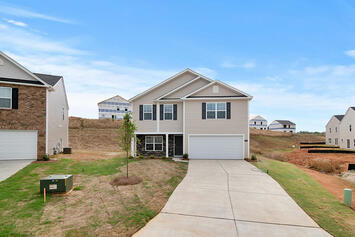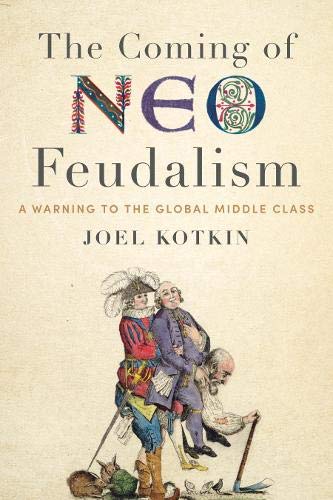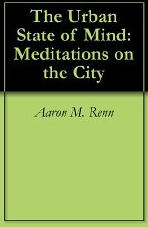
For years, urbanists and pundits have insisted that young Americans are rejecting the suburbs. Supposedly, Millennials and Gen Z crave walkable cities, apartment living, and dense cores filled with transit options and 24-hour vibrancy. The story goes: the white picket fence is passé, the cul-de-sac is dead, and no one under 40 dreams of mowing a lawn.
But the data—like much conventional wisdom these days—tells a different story.
According to a new report from the Institute for Family Studies, a clear majority of young adults still aspire to own single-family homes. When asked about their ideal living arrangement, nearly 60 percent of 18–34-year-olds chose detached homes with yards over apartments or townhouses. To younger Americans, space is so critical for families that they are willing to increase commute times and sacrifice neighborhood amenities for bedrooms.
It is time, therefore, for a recalibration of our thinking about young Americans and housing policy for there is a powerful reality present: Americans, even young ones, want space, stability, and the chance to put down roots.
Critics might scoff: Doesn’t suburban life lead to isolation? Isn’t urban density the precondition for civic engagement, social capital, and belonging?
Not quite.
In fact, recent research from the American Survey Center shows that social life in the suburbs is not only alive and well—it’s thriving. Contrary to stereotypes, suburban Americans are just as socially connected, civically active, and community-minded as their urban peers. In some key areas—like knowing neighbors, volunteering, or attending neighborhood events—they outperform their city-dwelling counterparts.
Privacy, it turns out, is not the enemy of connection. The suburbs offer both: the opportunity to retreat and the opportunity to engage. There’s a reason why religious congregations, PTAs, youth sports leagues, and neighborhood associations remain strongest in precisely these communities. The suburban model gives people the bandwidth—and the incentive—to invest in local life.
Part of the appeal is developmental. As people age out of the transient lifestyles of early adulthood, their priorities shift. Safety, affordability, good schools, and green space begin to matter more than nightlife and density. It’s not a sign of regression—it’s a sign of responsibility. Many Millennials who once rented in Brooklyn or Silver Lake are now seeking the same kind of stability their parents once prized. The only difference is that today, they’re often priced out.
Read the rest of this piece at AEI.
Samuel J. Abrams is a professor of politics at Sarah Lawrence College and a nonresident senior fellow at the American Enterprise Institute.
Photo: New homes by Curtis Adams, via Pexels.












